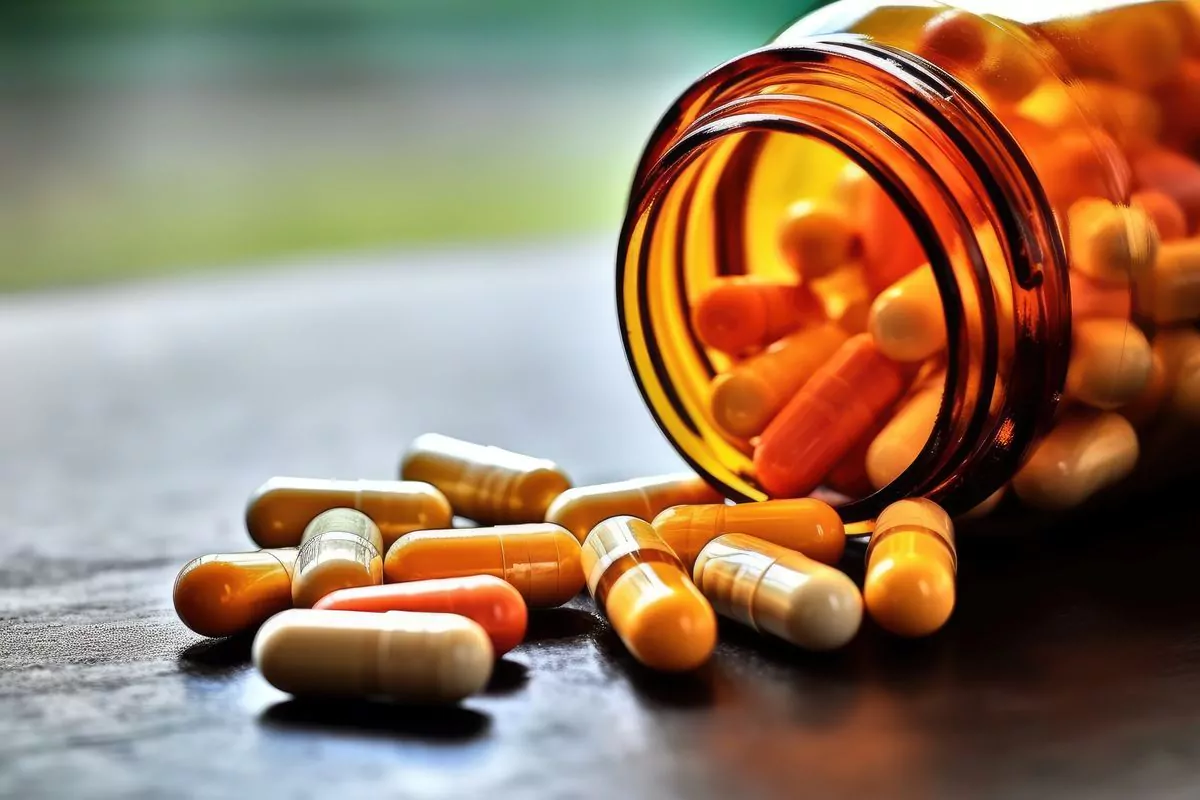Healthcare
The 5 stakes of the new EU pharmaceutical legislation reform
The European Commission is proposing a reform of the regulation of pharmaceutical products. What are the impacts and challenges for manufacturers?

Antimicrobial resistance (AMR) and antibiotic resistance or antibiotic resistance is the consequence of the massive administration of antibiotics, both in humans and animals. Antibiotic resistance has gradually developed and now concerns the majority of pathogenic bacteria. This phenomenon may make it impossible to treat certain infections in several years’ time. What can be done to curb this resistance? Today, a number of players in the pharmaceutical sector are tackling this issue. What actions should be taken? In this article, Alcimed deciphers the challenges and solutions in the fight against AMR and multi-resistant superbugs.
Antibiotics are drugs used to combat infections and diseases caused by bacteria, such as pneumonia, bronchitis, ear infections or septicemia, and are not useless against viruses or fungi. Antibiotics block the growth of bacteria. However, massive and repeated exposure of bacteria to antibiotics creates “selection pressures”, leading to the creation and dissemination of resistant bacteria.
In addition to the massive use of antibiotics, their misuse is also responsible for this antimicrobial resistance: treatment that is too short or too long, at inappropriate dosages. Antibiotics may also be prescribed for certain viral respiratory infections, such as influenza, which are often confused with bacterial respiratory infections.
Antibiotic resistance is a major public health issue, with 125,000 infections in France linked to multi-resistant bacteria and 5,500 associated deaths per year. Worldwide, this figure rises to 1.3 million deaths per year.
While some strains are resistant to just one antibiotic, others acquire resistance to several, and become multi-resistant (so-called superbugs). Antibiotics that are still active against these multi-resistant bacteria are known as second-line antibiotics, and are often only injectable in hospital, greatly complicating patient care and running the risk of nosocomial infections. In the worst-case scenario, which is still rare in France, bacteria can become totally resistant, i.e. resistant to all available antibiotics, placing patients in an irremediable therapeutic impasse.
For a long time, cases of AMR were only detected in hospitals or nursing homes. Today, however, the phenomenon is spreading outside these institutions, even for minor antibiotic treatments.
According to the WHO, the world is heading towards a post-antibiotic era, where common infections and minor wounds that have been treated for decades could once again be lethal.
Human health is not the only one concerned. According to the WHO, half of all antibiotics produced worldwide are used in animals. They are used both as drug and as growth promoters, helping animals to gain weight. Resistance to antibiotics developed on farms can then be transmitted to humans via animal consumption. They can also contaminate human and animal excrement, and consequently end up in rivers and groundwater, where they are again ingested by humans and animals.
Find out how we can help you with your antibiotic resistance projects >
The most important thing is to succeed in lowering this selection pressure on bacteria, and that means reducing the use of antibiotics. Since 2016, overall consumption has fallen in Europe. However, France remains particularly concerned by this overconsumption of antibiotics, which is 30% higher than the average consumption in Europe.
Actions to be taken include:
The pharmaceutical industry also has a role to play on several levels:
Encouraging research to replace the use of antibiotics is also essential. Alternative strategies also exist:
The pharmaceutical industry, at the heart of a healthcare ecosystem linking healthcare professionals, patients and politicians, can play a major role in the fight against antimicrobial resistance and superbugs. They can implement preventive and awareness-raising measures, complementing those undertaken by the State in particular. The fight against AMR and superbugs inevitably involves the development of new therapies, and therefore the need to encourage both industrial and academic research. Alcimed is ready to help players and solutions geared towards this fight against antimicrobial resistance. Don’t hesitate to contact our team!
About the author,
Richard, Senior Project Manager in Alcimed’s Life Sciences team in France